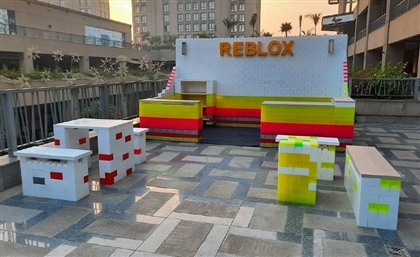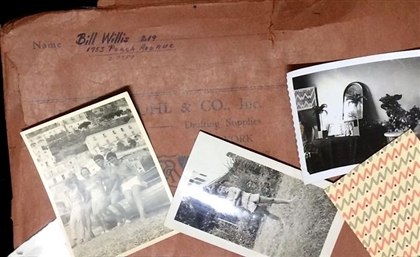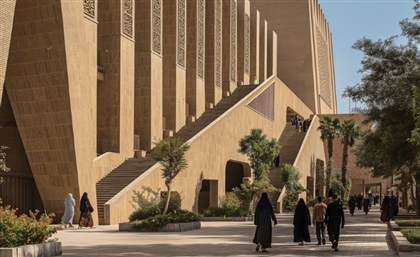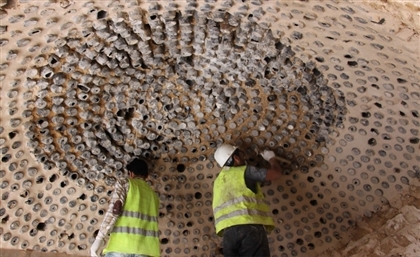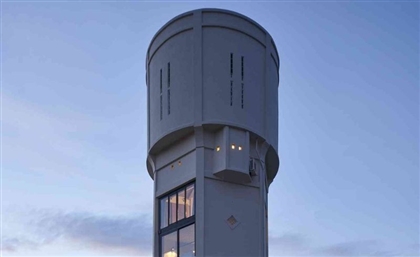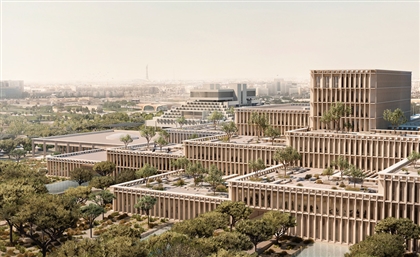Professor Aly Raafat’s Legacy of Modern Egyptian Architecture
Egypt’s design industry mourns the loss of Professor Aly Raafat, an architect considered an icon and guru among many. But his legacy lives on in his soon-to-be-published encyclopaedia of design.
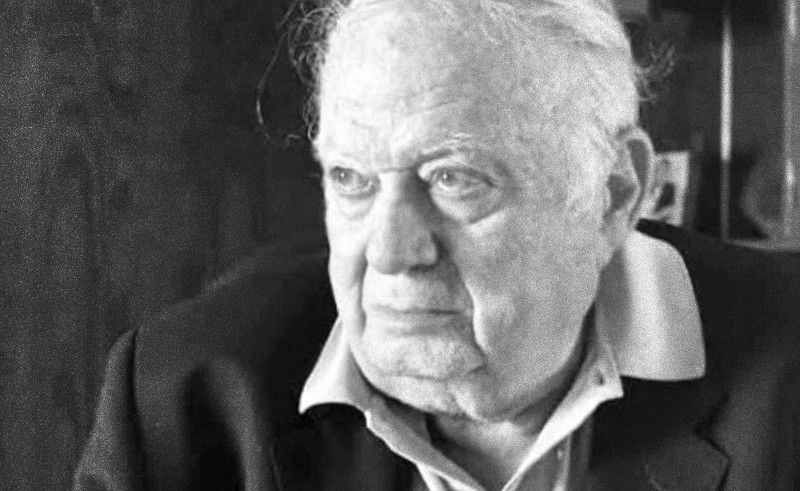
Loved ones don’t leave, they remain beside us unseen and unheard but near. In the case of Professor Aly Raafat, who recently passed at 93 after a sensational life in pursuit of beauty, his thoughts remain in the many minds he shaped as the head of architecture at Cairo University, and his legacy prevails through his books and buildings that embody an age of modernity in Egypt, the region, and beyond - including his final piece of literature, a soon-to-be-published book titled ‘Architectural Design: Between Systematic & Intuitive Approaches’.
“He taught around 70 batches which all got attached to him for his exciting and lovable persona,” Dina Raafat, Professor Raafat’s eldest daughter, tells SceneHome. Students and colleagues alike took to social media to voice their commemorations after Professor Raafat’s passing, with Alchemy’s Mohamed Fares recalling their chats, and fellow academics Soheir Hawas and Kamel Mahadin paying tribute to his design mastery.
“He constantly motivated us to do better and aspire for success with a love for life,” Dina Raafat says. As an architect, Dina Raafat - along with her siblings Yasmin, Ahmed and Ghada Raafat - took after their illustrious father, who was an associate member of the American Institute of Architects and designed a plethora of landmarks. These include the revival of Belle Epoque and his renovative work on cultural sites like the Ahmed Shawky Museum, to his symbolic expressionism in the Egyptian Embassy in New Delhi, India.
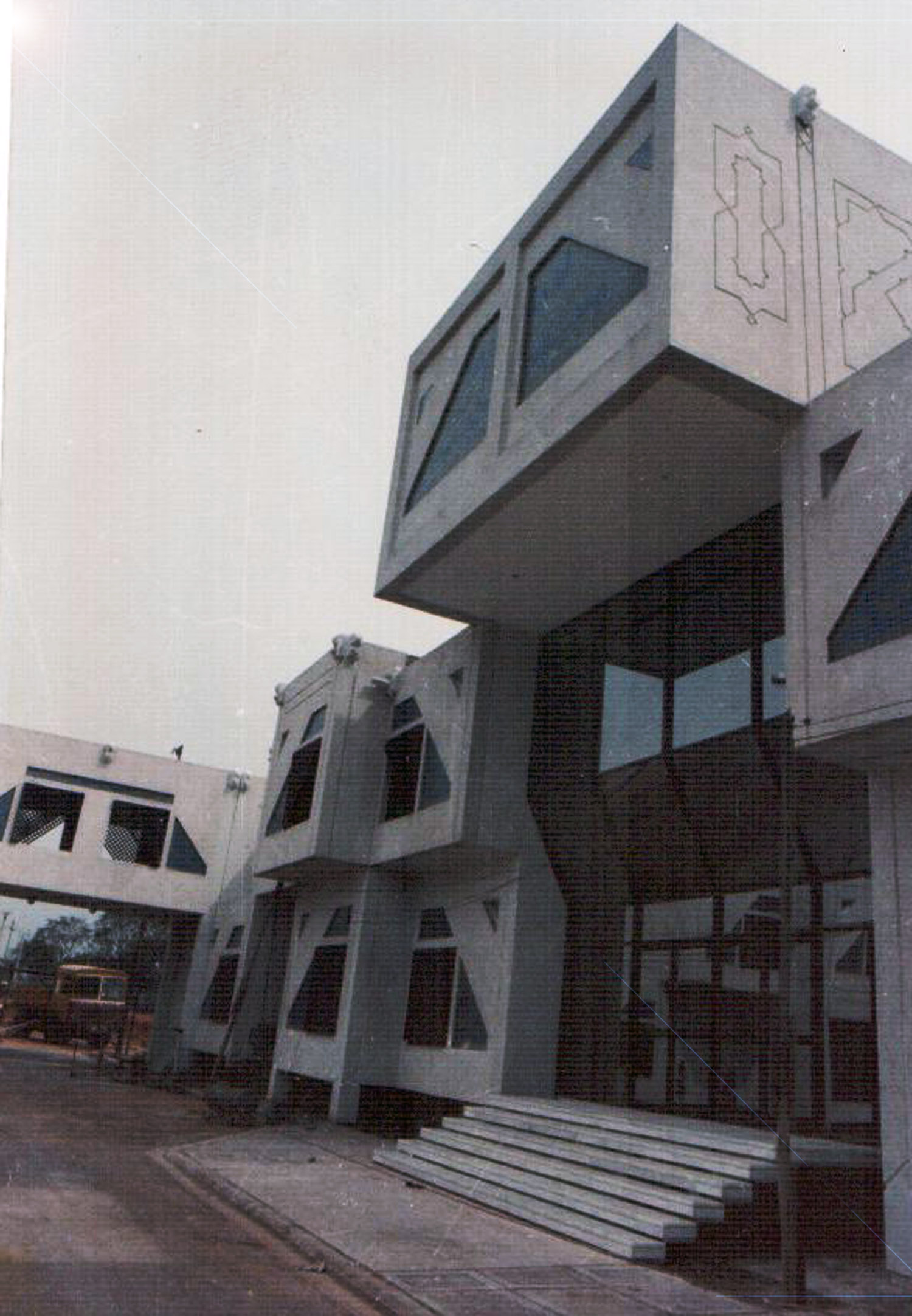
Professor Raafat accrued a long list of accolades that began in 1986 with the Presidential Medal of Excellence, up to 2011 when he became the first architect to receive Egypt’s most prestigious recognition for arts and sciences, the Nile Award. During his final years, Professor Raafat worked from home on his final book of his Encyclopedia of Architectural Creativity, which will soon be published in Cairo, New York and Moscow. Much like the rest of the series, the book romantically relates architecture and the beauties it creates to us, the humans who live with them.
Graduating from Cairo University in 1949, Raafat immediately began teaching there before taking a break in 1952, when he received a Fulbright scholarship to complete his Master’s degree from University of Michigan and a PhD in architecture from Columbia University in 1957. In parallel to his academic endeavours, Professor Raafat established Interconsult, a Cairo-based engineering consultancy that branched into the region starting with Jeddah, where he designed the Radio and Press Building, and Sharjah, where he designed royal residences, followed by work in Dubai, Abu Dhabi and Bahrain.
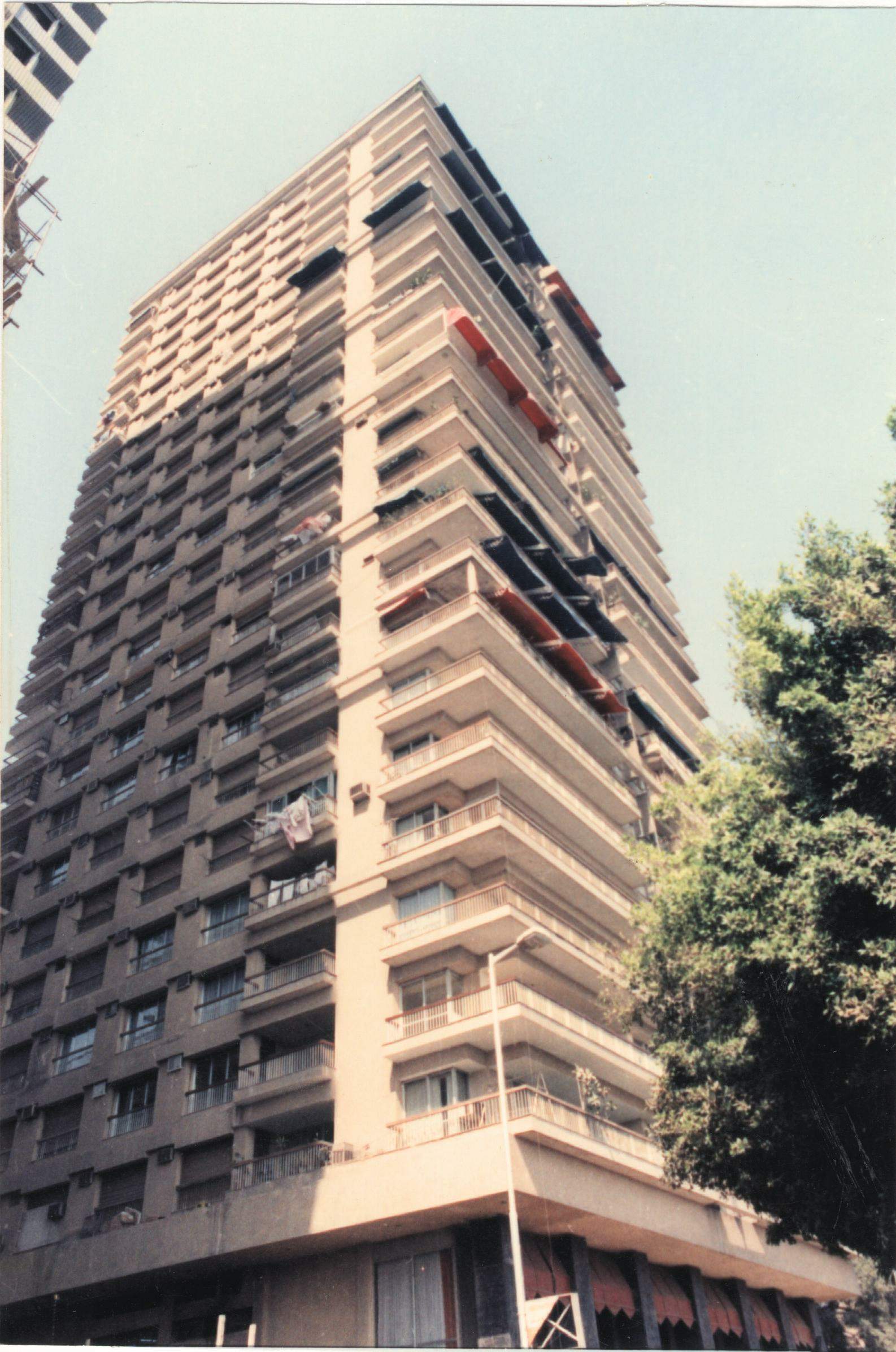
Locally, Professor Raafat designed the Central Library Building at Cairo University, and public buildings such as the Center of Social & Criminological Research and the United Nations Demographic Center, along with many residential buildings including Nasr tower on the Nile corniche, which became his private residence. When it came to style, Raafat was more of a rational architect with clear traces of symbolic expressionism, which is emphasised by his modernist Egyptian architecture.
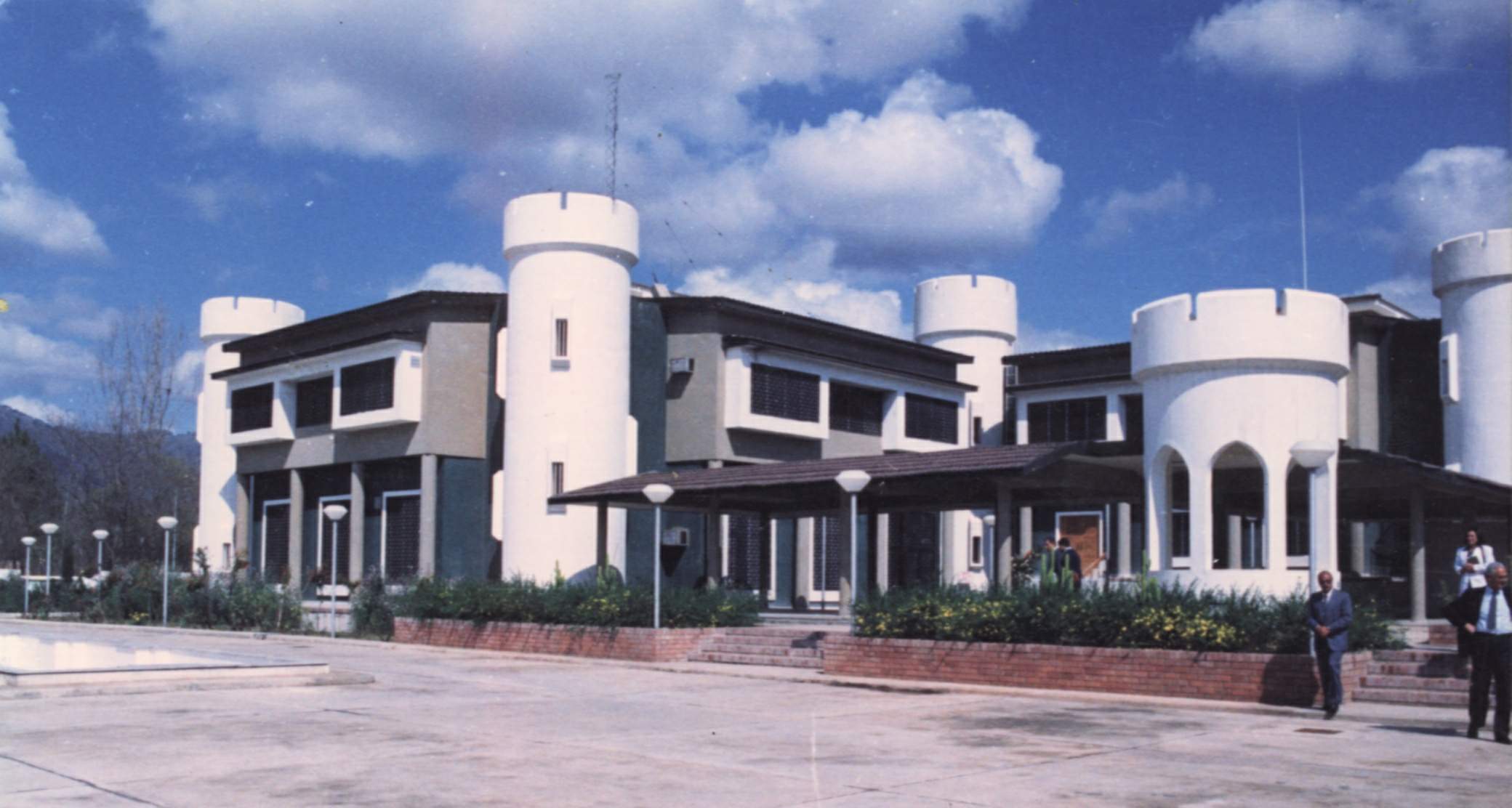
He adapted this style in foreign contexts when he designed the Egyptian Embassy in Islamabad, Pakistan, while his renovative work on cultural sites in Cairo - including Mohamed Khalil Museum, the Royal Jewelry Museum, and Islamic Ceramic Museum - teetered into the realm of impressionism, exemplified with his revival of Belle Epoque.
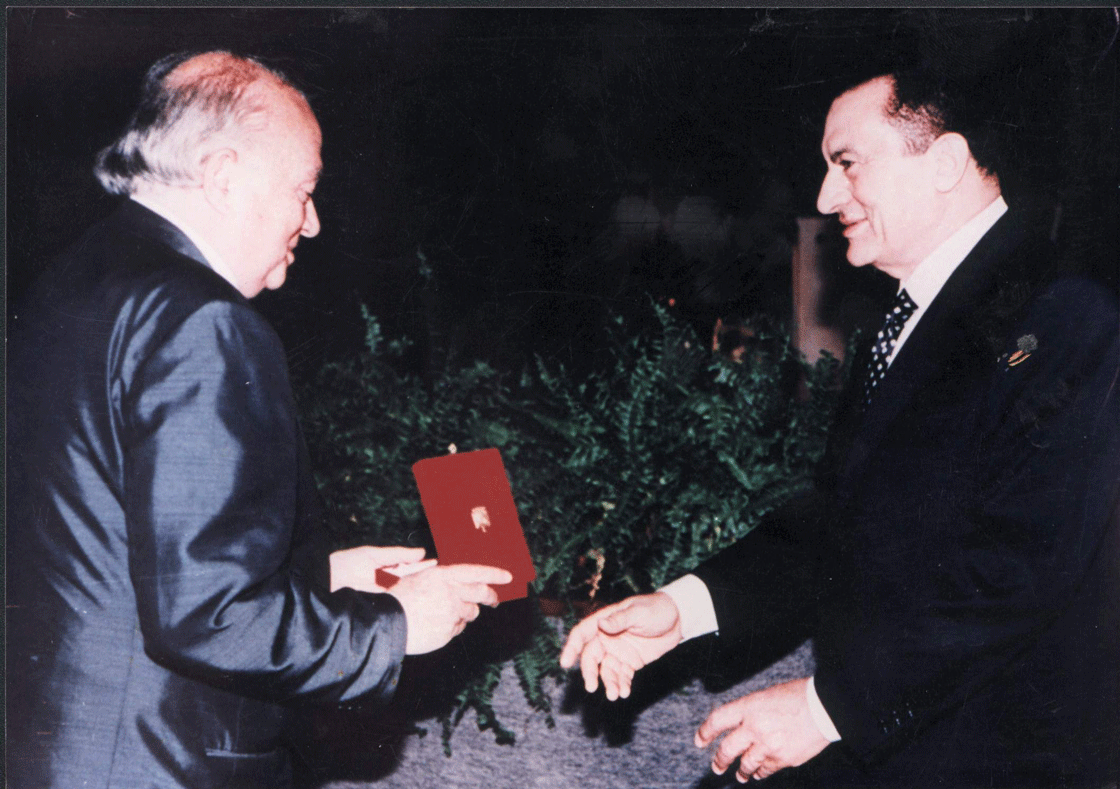
During 1986, the same year in which he received accolades from the late former president Hosni Mubarak, Professor Raafat was handed the Golden Medal from Hassan Fathy through the Egyptian Engineers Syndicate. These achievements were shortly followed by State Appreciation Awards in 1990 and 1995, and an award for designing squares and public spaces at the International Conference on Marble in Carrara, Italy, in 1996. The following decade didn’t fall short as he received the Medal of Merit from the 5th International Conference of Architects in Doha, Qatar, in 2004.
The award dearest to Professor Raafat’s heart came was the Nile Award in 2011. Being the first architect to win it made him consider it the moment when architecture was acknowledged as a form of art, science and knowledge. Five years later in 2016, he was awarded with the honorary presidency of The Society of Egyptian Architects.
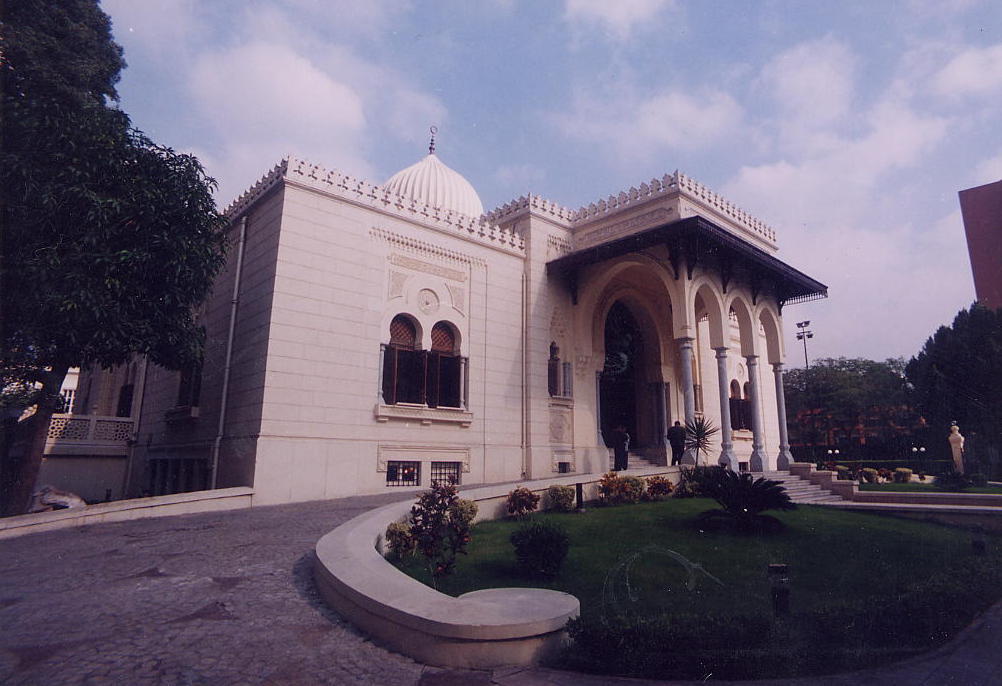
While he was in fact a serial columnist in Al Ahram newspaper, it was in Professor Raafat’s books where he poured his knowledge and theories. ‘Architectural Design: Between Systematic & Intuitive Approaches’ completes a series that looks at how architecture relates to human experiences. In ‘Environment & Space’, the professor exposes our physiological needs and how materials and spaces can be targeted at our comfort and efficiency. ‘Structural Creativity’ discusses geometric structures and the resulting variety of design styles, while ‘Aesthetic Creativity’ introduces a theory of architectural enjoyment that is motivated by the sublimity of natural forms and how they dictate our visual and -consequently- physiological well being. Romance, rationale and environmental aspects of conceptual creativity is dictated in ‘Content & Form’, while ‘Architecture of the Future’ assesses organic manifestations throughout history and their influence on emerging forms.
Our condolences go out to not only his family and friends - who parted with a father, grandfather and friend - but also to everyone who encountered him, and aspired to emulate his love for architecture and all things beautiful.
- Previous Article The Enduring Charm of Jeddah’s Old Town of Al Balad
- Next Article Egypt's ‘Style Design’ Works Wonders on Grenada Resort 'Silversands'




